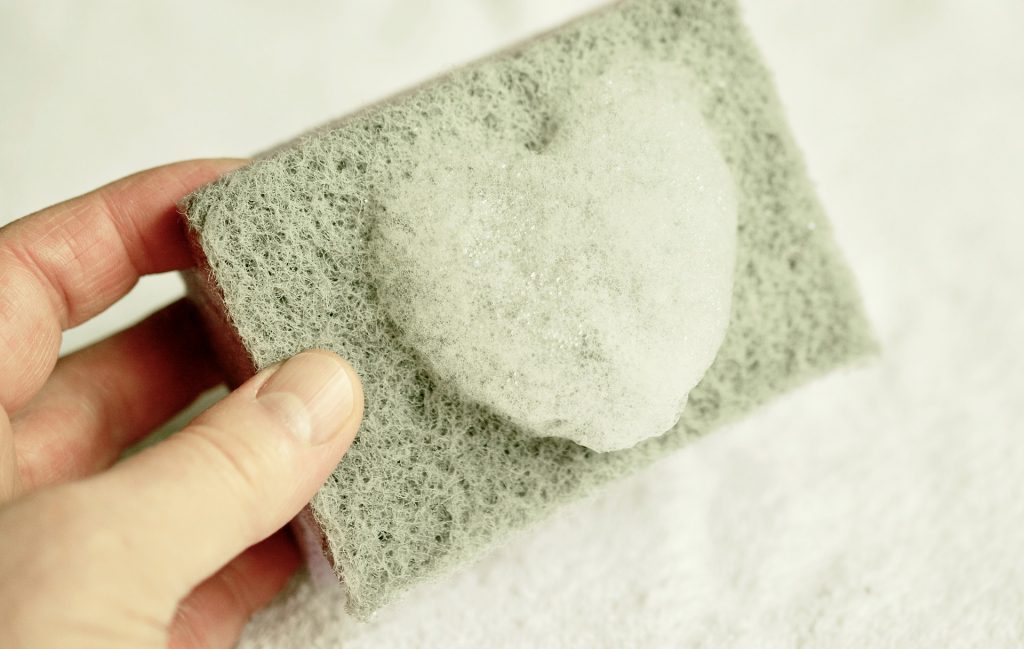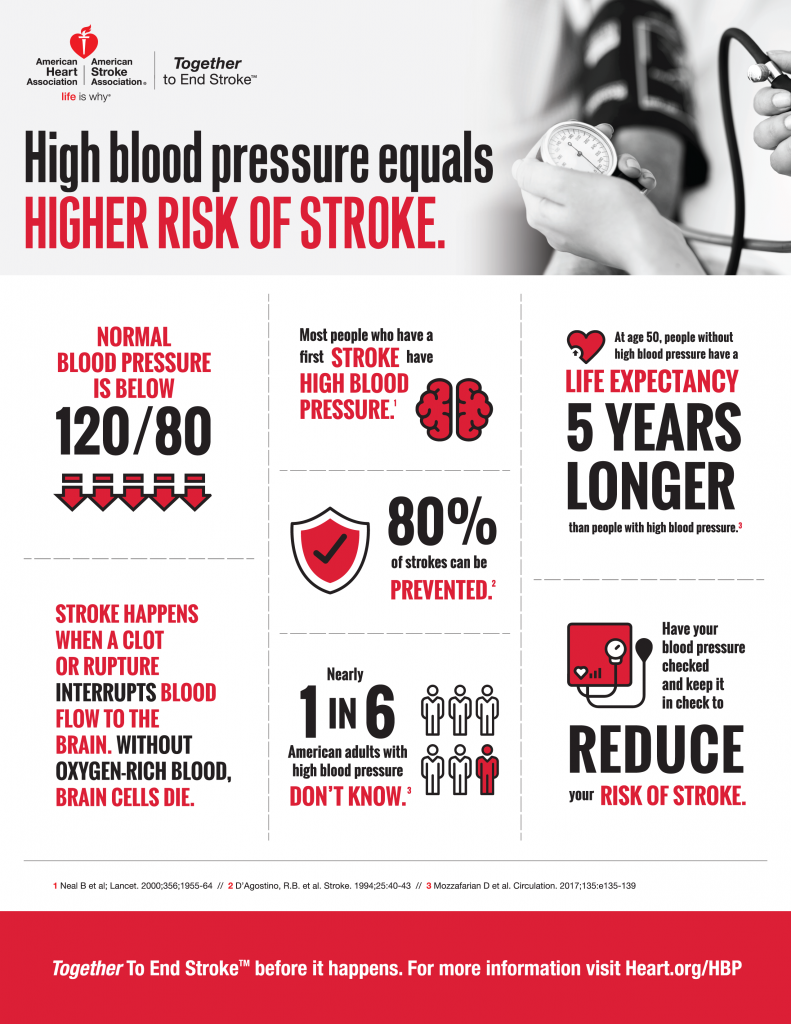A lot can change in middle age. Children have left home, and may even be having kids of their own. Career trajectories change as retirement nears, and finances may be more forgiving. And, perhaps most importantly, health needs change in midlife, with potential issues beginning to show as the body ages. However, according to a new study, midlife isn’t too late to make positive changes. In fact, working to improve heart health in middle age can have significant benefits to overall health, longevity and quality of life.
Regular Exercise Can Improve Heart Health
In a new study, researchers found that people in their early 50s who engaged in regular exercise saw a significant increase in heart elasticity. More specifically, participants had a decline in heart stiffness, which is a precursor and indicator of future heart failure. In addition, their bodies processed oxygen more efficiently.

Exercise Must Be Rigorous and Consistent
There were a few caveats to the study findings. Participants engaged in high- and moderate-intensity exercise four to five times per week, and kept with the program for two years. So in order to see those long-term heart health benefits, the exercise program needs to be consistent and fairly rigorous, and it must be sustained for a long period of time.
Begin in 50s for Heart Health Benefits
Further, researchers found that those midlife years – the early 50s – are the “sweet spot” to improve heart health. When participants in their 60s engaged in the same exercise program, their overall health improved, but they didn’t experience the same long-term boost to heart health
If adopting a new exercise regime in your 50s seems daunting, experts recommend shifting your mindset. Instead of thinking of exercise as a thankless task to fit in to an already busy life, make it part of your daily routine, like brushing your teeth or making your bed. Consider exercise part of your personal hygiene, instead of an additional entry on your to-do list.
No matter your age, fitness level, or overall health, hands-only CPR is a good skill to have. We offer FREE CPR and First Aid courses through Blue Cross Blue Shield of Minnesota – sign up today!
HeartCert CPR is your trusted training partner for First Aid and CPR in Minnesota. Find your CPR Class, PALS Class, BLS Class or ACLS Class at any of our Minnesota locations:
- HeartCert CPR Minneapolis
- HeartCert CPR St. Paul
- HeartCert CPR Burnsville
- HeartCert CPR Eden Prairie
- HeartCert CPR Richfield
- HeartCert CPR Woodbury
- HeartCert CPR Eagan
- HeartCert CPR Brooklyn Park
- HeartCert CPR Blaine
- HeartCert CPR St. Cloud
- HeartCert CPR Rochester
- HeartCert CPR Mankato
- HeartCert CPR Duluth
We also partner with Appleton and Anchorage for select classes.







